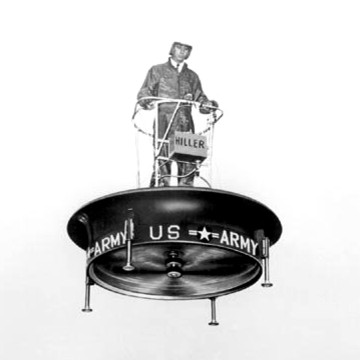Churn is, generally, seen as a bad thing within an organization - teams wants stability and predictability. These help make the organization more legible, and they are part of generating the feelings of psychological safety and mutual trust that are needed for groups to be effective. Churn also produces work which does not feel productive: recruiting, staffing, training and so on.
My anecdote based estimate though is that most white-collar workplaces would be better with higher churn, a more aggressive balancing of people to projects, of skills to needs. More churn sounds pretty awful in part because the mechanisms to manage it are significantly underdeveloped - churn is hard because churn is something to be avoided, not embraced.
It is often easier to do nothing - leave a high performing team in place, even if the teams member would be more effective elsewhere.
To use a sports metaphor, a football team may field a pretty consistent squad match to match, adapting the specific positional role each player fills to the strengths and weaknesses of their opponents. Season to season, the squad will evolve as the nature of the competition changes and players developer and mature. Decade to decade, the positions themselves evolve as the game develops (due to fitness standards, rule changes and so on).
At each timescale the things that aren’t changing benefit from being drilled and perfected, but if that results in an inability to react to the longer timeframe they switch from being a benefit to being a drag on performance.
In general organizations, getting “the right people on the bus” means some degree of churn. Getting it right doesn’t end the churn though, it just pushes the question up to “is this the right bus”.
